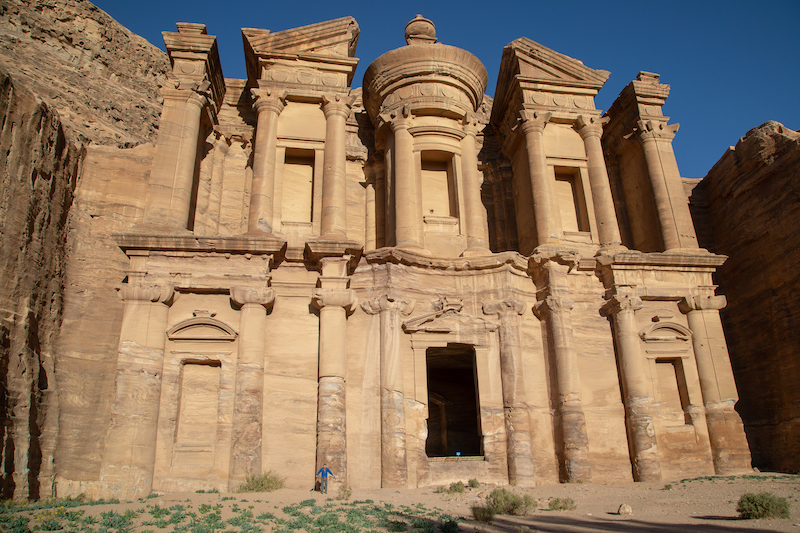While I was in the Middle East to give a talk, I knew I had to visit Petra, Jordan – one of the “New Seven Wonders of the World” and a UNESCO World Heritage Site. Petra is famous for its 2000 year-old history.
Established in the 4th century BC, it was ruled and built by the Nabataeans, a nomadic Bedouin Arab group. In the vast Arabian desert, a reliable location for water is far more valuable than any precious goods, which made Petra a prime trading hub and resupply point for centuries.
The ruins are cut right into the rock with remarkable architectural precision. The building is so seamless that it is easily camouflaged into the surrounding rock, and was even “lost” for over 100 years.
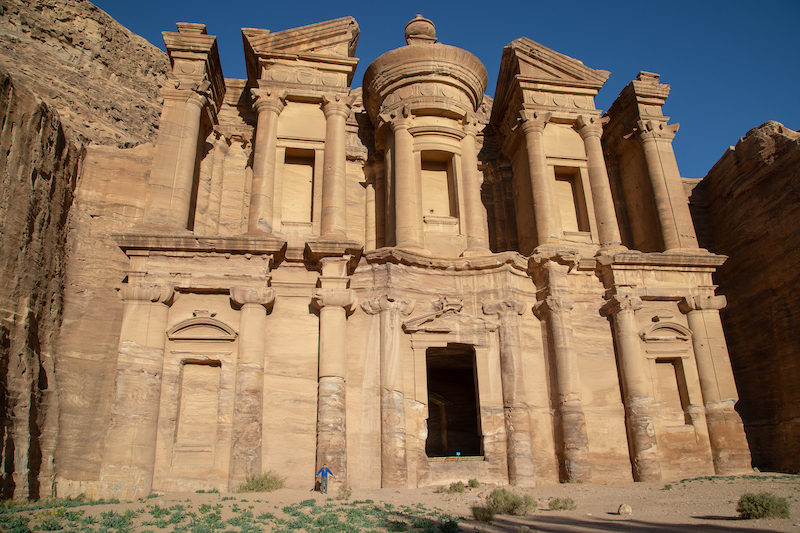
My friend, Rob and I entered Petra through the “Siq,” a narrow slot canyon that provides access to the city. This protected enclave, with only six feet of clearance, was near impossible to get an army through and down into the valley below. After about a mile, the stunning ruins open up before you. Some of the pillars were intricately carved piles of rock stacked on top of each other.
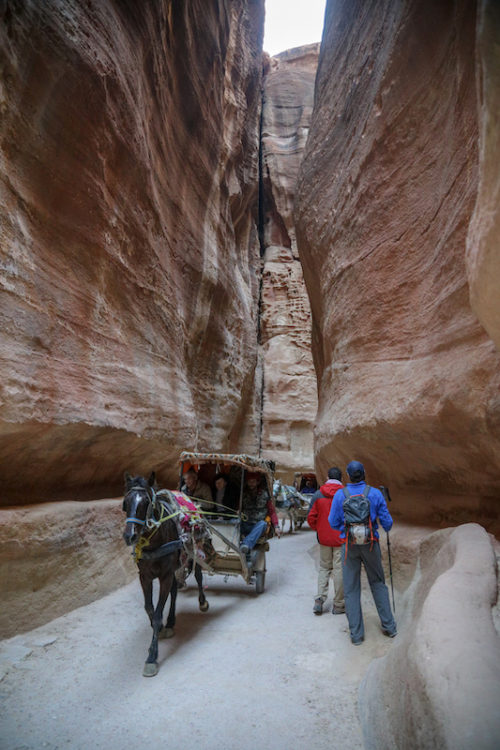
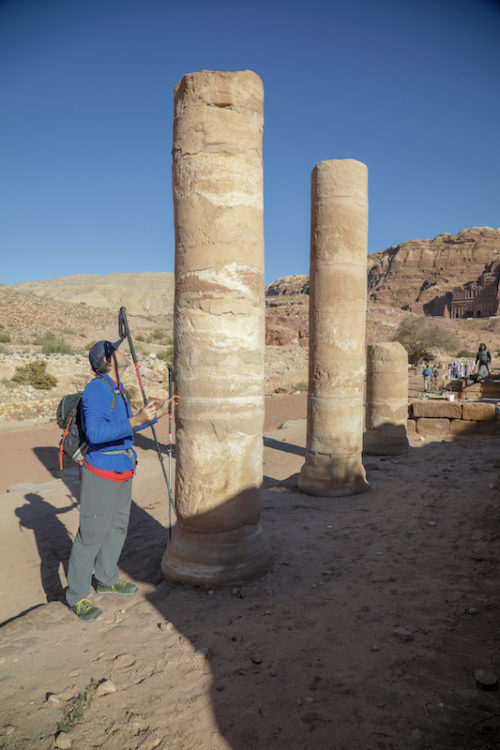
We hiked up to the iconic Al-Deir Monastery via the Al-Khubtha trail; a steep 3 miles to an overlook of the city. After about a 12-mile day, we headed to the base of Petra’s gate and hung out at The Cave Bar, an ancient cave preserved from the time of the Nabataeans that has been converted into a fun, funky lounge. We crawled in and wrapped up our day with a smooth Jordanian Petra Beer.
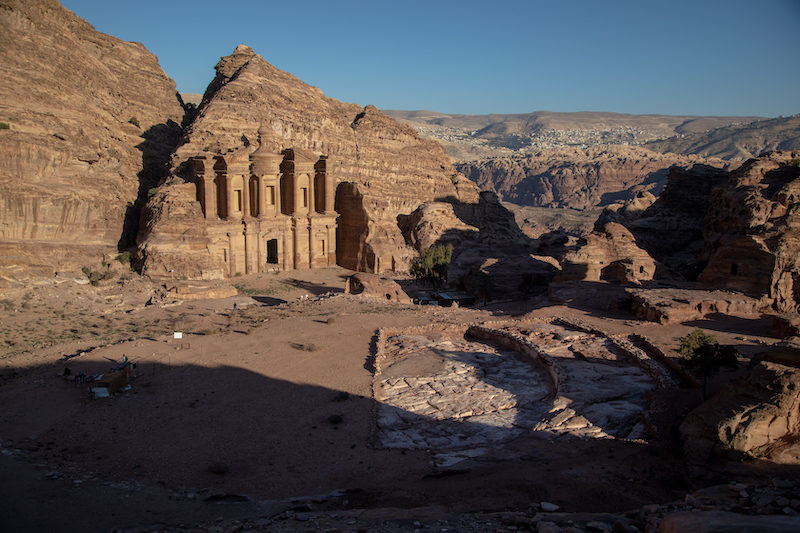
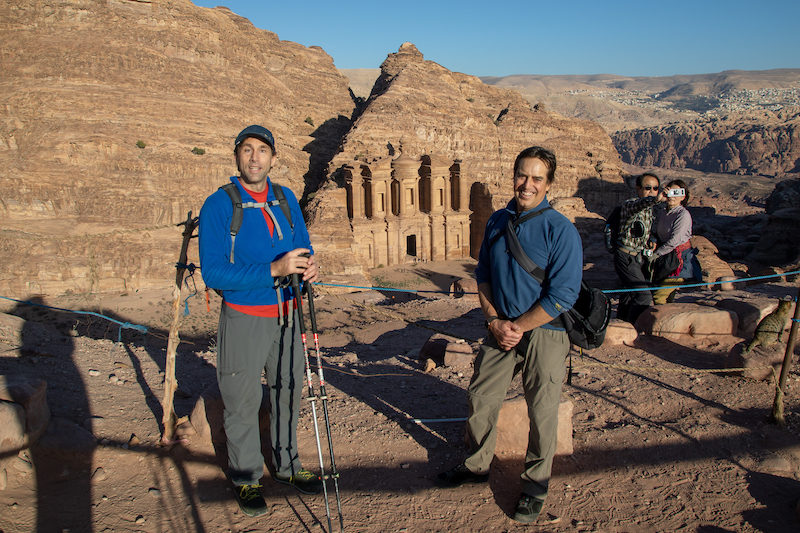

Photo Credits: Rob Raker

